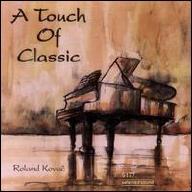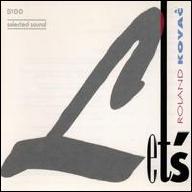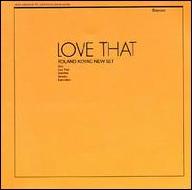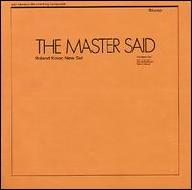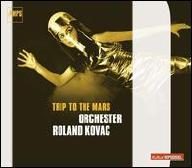Kovac was still a teenager when this and his own combos began working, but it was hardly the beginnings of his musical activities. He had begun piano lessons at six, clarinet at 13. From 1935 through 1938 he was a member of the Vienna Boys' Choir and remains one of the few instrumentalists listed in international jazz reference works who can make such a claim. During the war he played for an audience that included Jews on the run, soldiers on official as well as unofficial leave from their units, and locals with their eyes cocked for secret police. Among the military swingers was saxophonist Hans Koller, a follower not of the Third Reich but of Lee Konitz. Kovac and Koller began working together, their impulses toward playing pure forms of jazz at odds with the sway of public taste once life in Vienna began getting back to normal.
Kovac followed Koller out of the country looking for appropriate gigs. They really didn't have to go very far, finding opportunities in both the film and broadcast mediums as well as concert venues on the considerably larger German jazz scene. The MPS label, associated with one of the largest tape manufacturers in the world, had plenty of resources with which to document the eventual turn toward progressive jazz stylings, most notably the electric jazz and fusion of the '60s and '70s. Trip to the Mars from 1964 is without a doubt this artist's most unique venture, credited to the Orchester Roland Kovac and featuring a style some have described as "science-fiction jazz." The Roland Kovac New Set came along in the early '70s, basically a collaboration between Kovac and guitarist Siegfried Sigi Schwab. The latter used his fuzzbox in an eventually shortfall attempt to drown out first drummer Charly Antolini, then Keith Fisher. Keyboardist Brian Auger, no slouch, joined in on the second of this group's efforts. In 1981 Kovac recorded Piano Symphony -- Selected Sound 92 for the Deutsche Austrophon imprint. ~ Eugene Chadbourne, Rovi
|
1
|
|
Festival |
|
2
|
|
Sea of Roses |
|
3
|
|
Latin Stuff |


